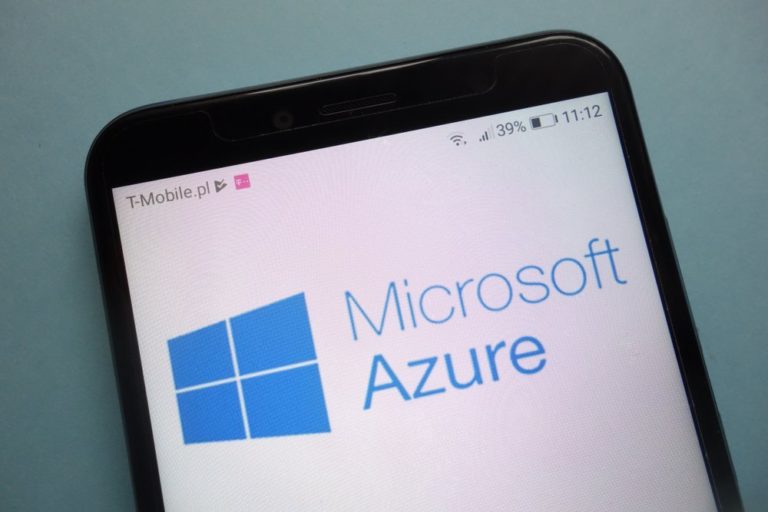Microsoft has made its Azure Security Center for IoT publicly available. The service, introduced in March, focuses on end-to-end threat protection and security management for Internet of Things (IoT) environments.
Azure Security Center for IoT makes it easier for users to identify threats, unsafe settings, and misconfigurations. This allows the problems to be solved before attackers can abuse them, writes InfoQ.
With Azure Security center for IoT, Microsoft wants to monitor and manage all aspects of its other solutions. These other solutions include Azure Sphere, IoT Hub, Azure Data Lake and Stream Analytics.
Operation
The new solution analyses more than 6 trillion data signals from Microsoft as well as its partners and customers on a daily basis. The data is used to evaluate all incoming information, collecting specific threats and tasks per environment.
The material is then placed in the dashboards, where administrators and security experts can analyze and execute it. Suggestions are also given for solving problems, for example by showing steps for solving the problem.
Azure Security Center’s recommendations for IoT may consist of specific suggestions for a device. This includes, for example, the creation of permissions for firewalls or the limitation of unused messages.
Two workflows
Azure Security Center for IoT offers two different function workflows. With the Built-In mode, a wizard must first be completed, after which basic security information is collected. The security solution also automatically detects new devices and services. Policy and threat detection are applied immediately.
If the collected data has to contain more detailed information, an enhanced mode is required. Agents have to be installed on the devices, which then send data on, for example, IP connections, the creation of processes and logged in users.
Both modes also place their data in a Log Analytics workspace, where advanced searches can be done with the Kusto Query Language.
This news article was automatically translated from Dutch to give Techzine.eu a head start. All news articles after September 1, 2019 are written in native English and NOT translated. All our background stories are written in native English as well. For more information read our launch article.